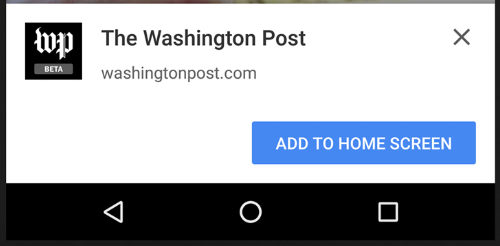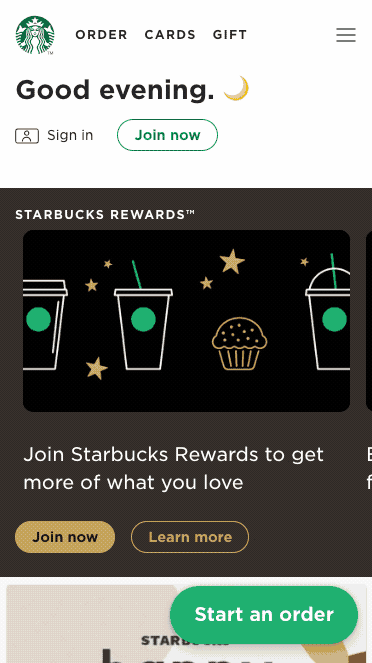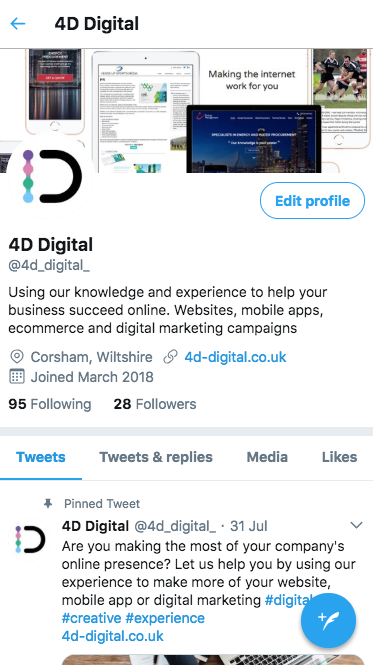Most businesses realise that mobile technology needs to be at the forefront of any digital strategy. We all know how powerful and addictive mobile apps and websites can be. However, businesses can harness this (in a good way) by using a technology that creates a new type of mobile app or website – the Progressive Web App.
Add to Home Screen
A Progressive Web App (PWA) is a website or application that interacts with the user just as a native app would do. Unlike a native app, a PWA is not installed via an app store such as Apple’s App Store or Android’s Google Play. The application is simply a website visited by the user, who is prompted to install a shortcut onto the mobile home screen.

This seemingly small difference offers a huge benefit to anyone developing and maintaining the app. No app store means no commission fees, no time-consuming approval process every time the app is updated. In addition to bypassing the app stores, being based on web technologies enables the application to written in only one codebase – not the multiple versions that are needed to maintain iOS, Android and Windows apps. Reduced development and maintenance costs, quicker release to market – it’s easy to see why many some of even the world’s largest brands are pursuing the PWA route to market.
PWA Functionality
Only in the last two or three years have PWA’s been given access to the hardware device functions a native app could use. Camera, Microphone, Push Notifications, Geolocation, File system – all of these and more can now be accessed by mobile web technology and therefore a PWA. Transferring data on secure https connections, the ability to work offline – these are now default functionality for a PWA and make for exciting possibilities.
Starbucks leads the way
Let’s have look at three of the best PWA examples currently in use. All are from big brands who are slowly moving away from building native iOS and Android apps.
Starbucks
Like them or loath them – Starbucks have led the way with PWA apps. Featuring geo-location for nearest stores and good offline capabilities.

Twitter Lite
The Twitter PWA or Twitter Lite as it’s referred to, can be installed via https://mobile.twitter.com
The performance is so good that it’s easy to forget this is not a native app.

Debenhams
The might not be considered bang up-to-date in the fashion stakes, but the team at Debenhams are ‘en mode’ with this one.

The future’s bright – the future’s PWA?
There may always be a place for native apps. But we would suggest that anyone looking to build a new app should seriously consider the PWA route. Reducing development cost and time as well as removing the need for app store approval, can make a serious difference to any new project.
Update – November 2020
Since we put this blog together in August 2018, the PWA has grown even further in popularity. Major brand names such as Uber and Lyft have both explored the PWA route.
